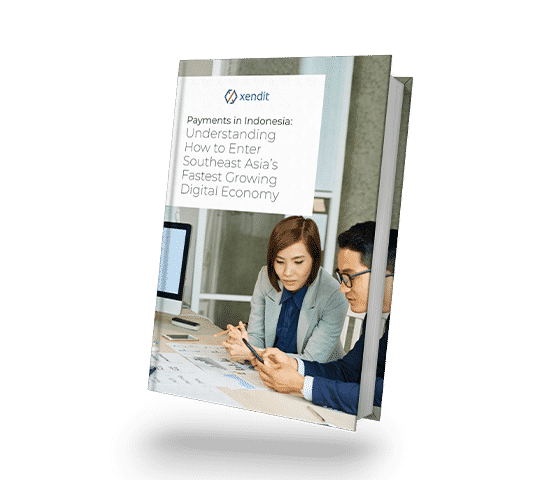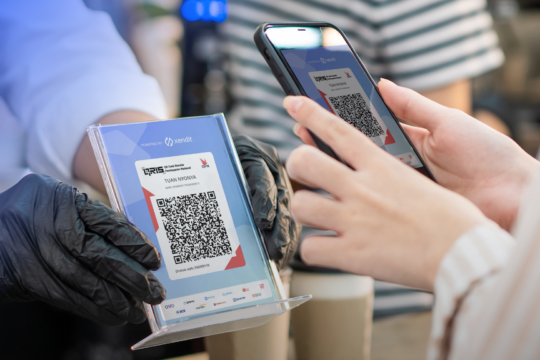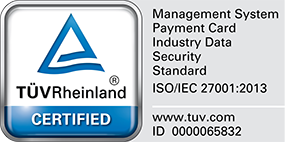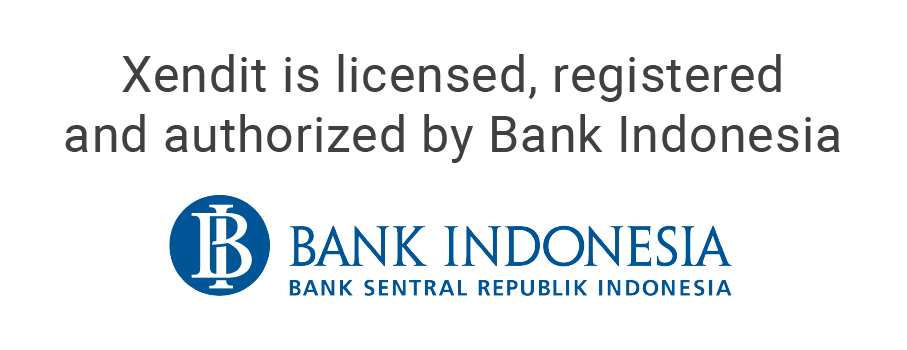Key takeaways:
- Over-the-counter payments contributed to 6% and 7% of transactions made in the Xendit payment platform in the year 2019 and 2020 respectively
- Transactions above Rp 500,000 dominate transactions made via over-the-counter payments, which shows that purchasing power among the unbanked is not to be underestimated.

Indonesia’s digital economy growth is at a unique position. While internet adoption is relatively high, with 74% of the population accessing the internet, its financial infrastructure has yet to mature with 36% of its population unbanked. Cash remains dominant, especially among its rural population.
Popular retail chains such as Alfamart and Indomaret recognized the opportunity and had worked alongside partners such as Xendit to use their stores as over-the-counter payment collection points. With over-the-counter payments, shoppers can order goods and services online, and complete the transaction offline by showing a barcode or reference number to a store and making the payment with cash.
Alfamart and Indomaret own more than 20,000 stores across Indonesia combined, penetrating deep into even the most rural regions. Based on the current trend shown on the chart below, the number is expected to increase in the coming years
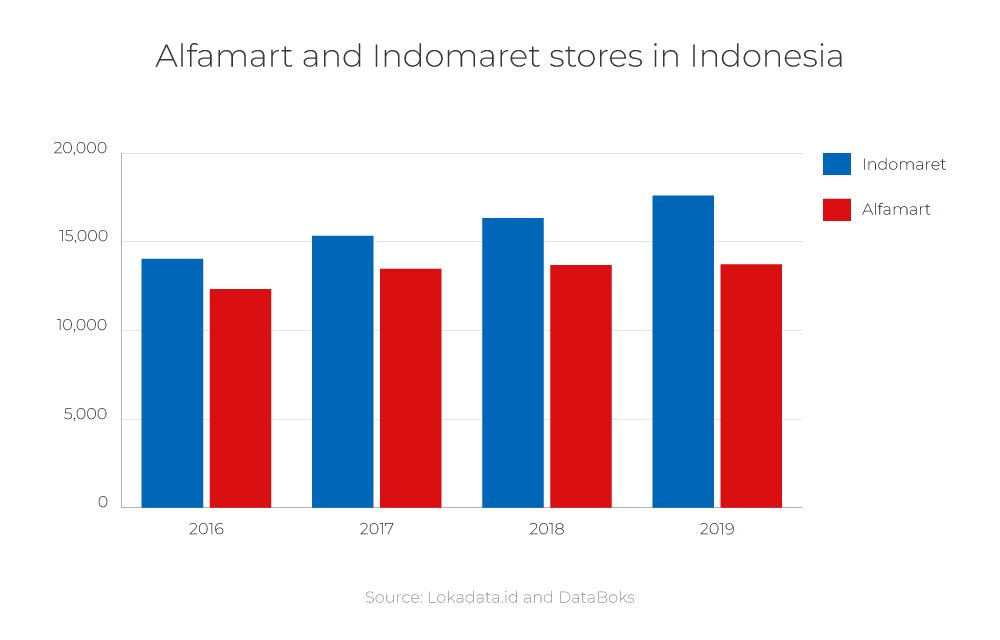
Over-the-counter payments at retail stores have helped online businesses reach new customer segments, particularly traditional buyers who are not adapted to alternative payment methods. The charts below show the split in payment methods, where over-the-counter payments (retail outlets) have contributed to 6% and 7% of transactions made in 2019 and 2020 respectively.
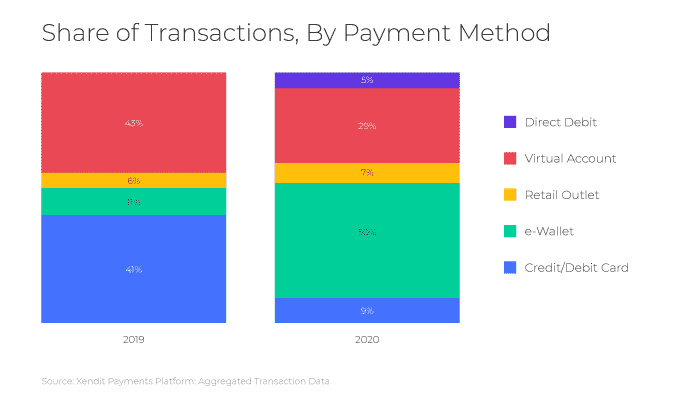
To understand said customer behavior better, we break down the data into different transaction amounts and business sectors. The chart below shows the breakdown in transaction amount paid using different payment methods.
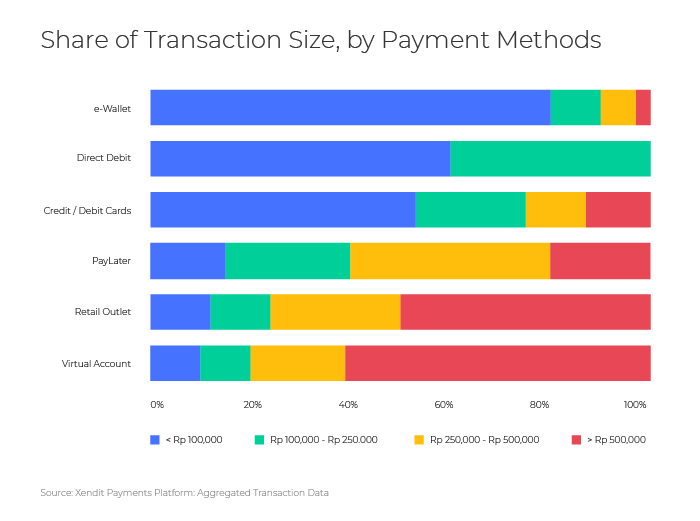
As shown in the charts above, high value transactions (above Rp 500,000) dominate transactions made via over-the-counter payments, which shows that purchasing power among the unbanked is not to be underestimated.
What does this mean for businesses?
While there’s not much growth in over-the-counter payment’s shares, enabling the payment method is still worth considering, especially if your business would like to expand into customer segments in rural areas who had limited access to banking services.
Internet penetration is considered fast in Indonesia. Hence, said customer segments could grow even larger. While this could also mean that bank and e-wallet providers might eventually catch up, it is always best to tap into the market as soon as possible.
About Xendit
Xendit is a financial technology company that provides payment solutions and simplifies the payment process for businesses in Indonesia, the Philippines and Southeast Asia, from SMEs and e-commerce startups to large enterprises. Amidst the fragmented payment landscape in Southeast Asia, Xendit enables businesses to accept payments from direct debit, virtual accounts, credit and debit cards, e-wallets, over-the-counter, and online installments
For many businesses, accepting payments online is new territory, but we’re here to help. We have helped 1000s of businesses come online and we’d love to help you too.
Find out more about Xendit, or sign up to try our dashboard!
